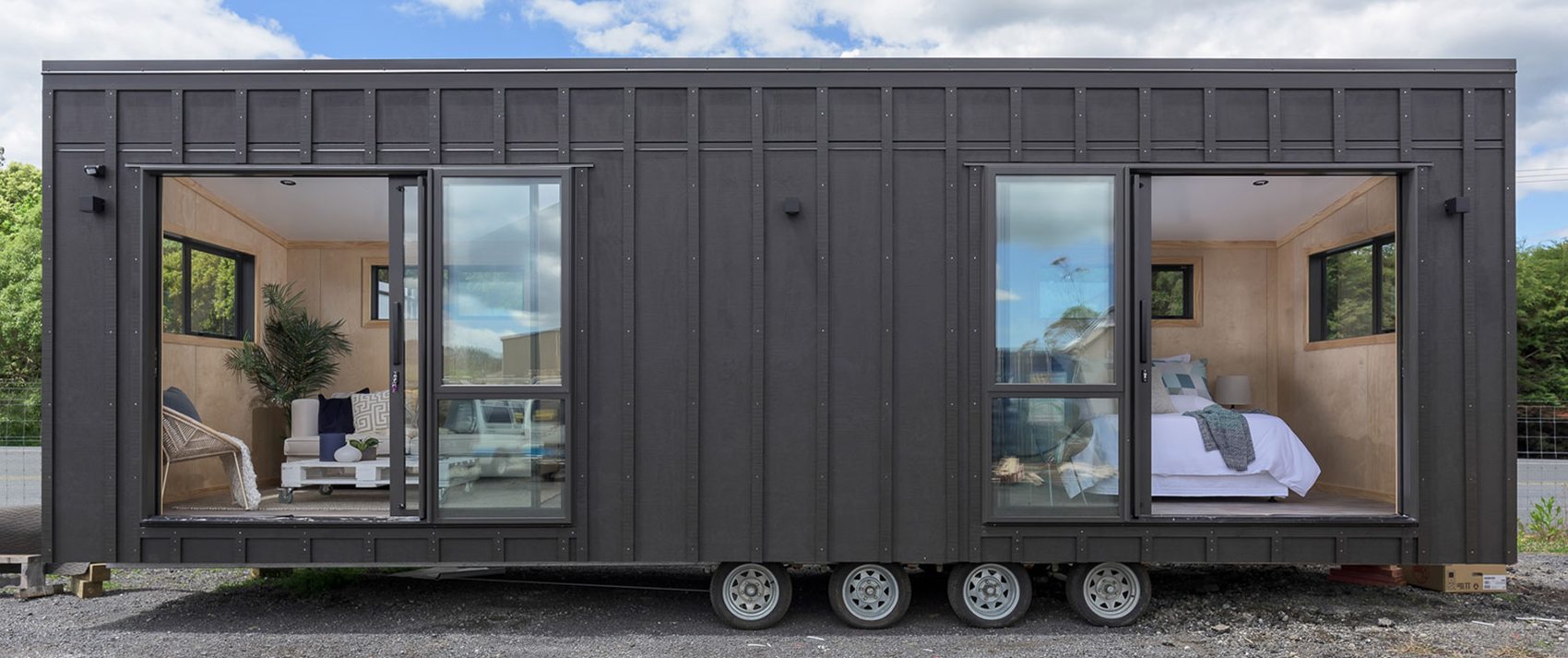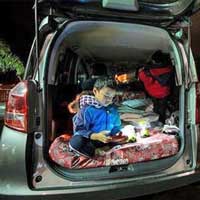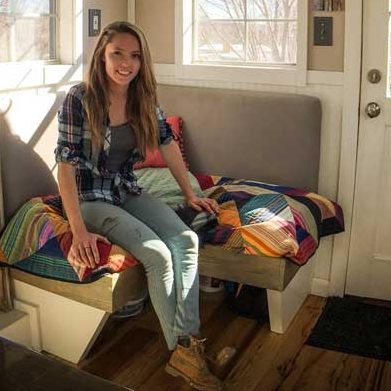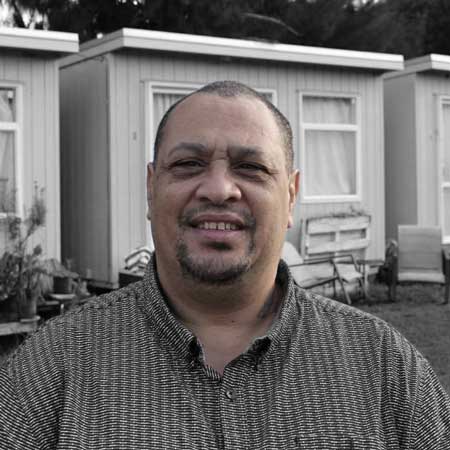The mobile Home Association (MHA)
MHA represents the manufacturers of factory-made mobile homes and gives a voice to the people who live in them
NEWS: AUCKLAND COUNCIL 2024 RMA issue
On 23 April 2024, Stuff featured another article in which the journalist writes about another tiny home owner whose life is being ruined by Auckland Council” …she’s received an abatement notice which labelled her home a “minor dwelling” and required her to “disestablish” it. …to get a resource consent would cost thousands in application and certification fees as well as a $20,000 developer contribution. “I was told $40,000 for the consent would be a conservative estimate.”
The role of the 4th Estate is to serve as a check on government excess. There are two questions that should be asked:
- Why “disestablish”? That’s an odd word
- How can $40,000? be justified?
The role of the 4th Estate is to serve as a check on government excess.
There are two questions that should be asked:

Under Construction
The goalposts are continually being moved by central and local government. This web site struggles to keep up. A major overhaul is needed, but in the meantime, the current issues are addressed.
Why Disestablish?
“Disestablish” is not used by accident. It is used because the council has a fundamental legal problem.
Under long-established principles of law, minor dwellings are what is called realty, or real estate. New Zealand law is deeply rooted in ancient and established law that came from England and even earlier from Roman Law. A fundamental principle of property law is the distinction between movables (also known as chattel or personal property) and immovables, known as realty, real property or real estate. Immovables, like structures, buildings and dwellings (including minor dwellings) lose their independent identity and in law become part of the land.
If the Council’s abatement order had said “move it off the land”, which is what the owner must do if they don’t apply for and receive a consent, the Council is admitting the mobile home is movable, hence it is “a movable“, that it is chattel, not realty. If it’s not realty, it’s not a minor dwelling, and if it’s not a minor dwelling, the abatement order is “ultra vires”, meaning it is not lawful. That’s why they have to use the odd word “disestablish”. And an investigative reporter should dig deeper.
How can $40,000 be justified
Since when is an ordinary person wanting to park a mobile home on someone’s land a developer? The point of developer contributions was when greenfield land was subdivided, the raw land value substantially increases, and the developer makes a huge profit. However, the impact of that development falls on the ratepayer, who has to pay to widen the roads, install the three-waters pipes, upgrade the treatment systems, as well as support more people using parks, libraries and other council services. No argument.
But asking $20,000 of a person parking a mobile home on someone else’s property is a symptom of a council out of control. Call them greed-fees. Something radically changed in local government over the last two decades, especially Auckland Council, where the RMA now appears to exist to enable council officers and consultants to provide for their wellbeing at the expense of the people and communities the RMA is supposed to be enabling (read the purposes of the RMA).
And why should it require a consulting private planner to write a consent application? And why are the Council consent fees so high?

For clarity: A mobile home is made in a factory to a standard design. A tiny home on wheels may look the same, but it is a DIY design. See https://nztha.org for tiny homes.
Click the photographs to read more. To read like a book, start with the left photograph and then follow the link buttons





